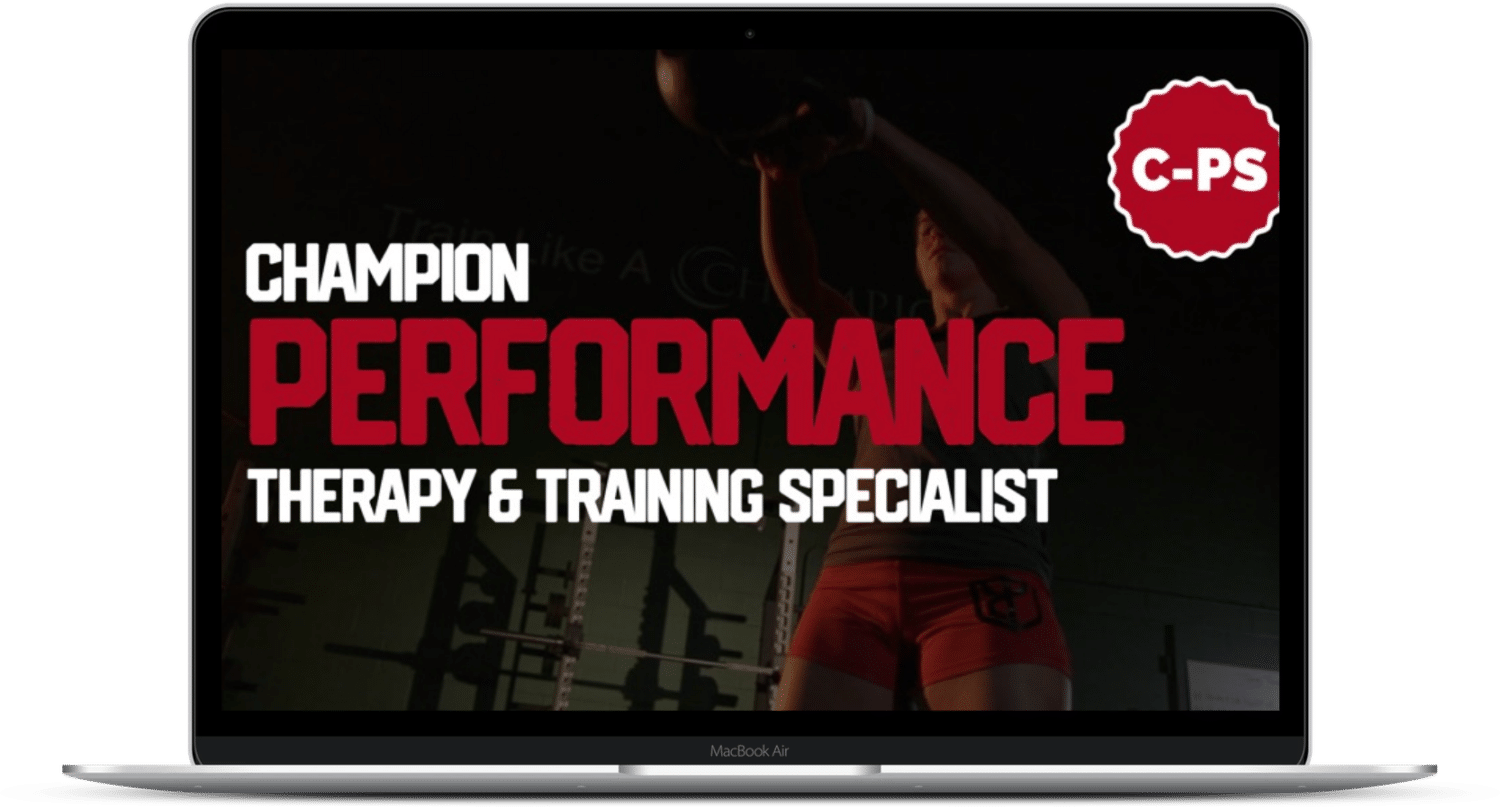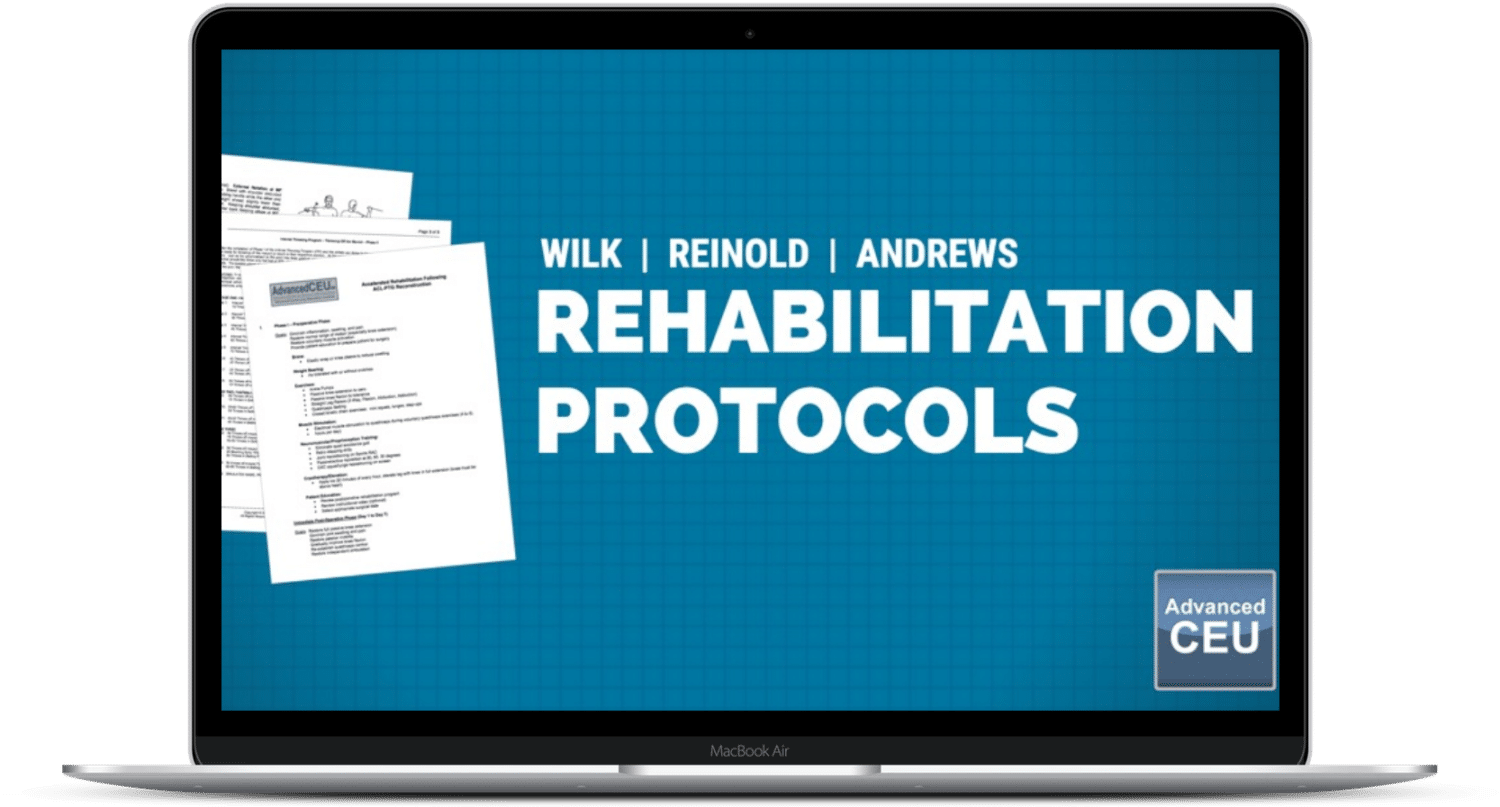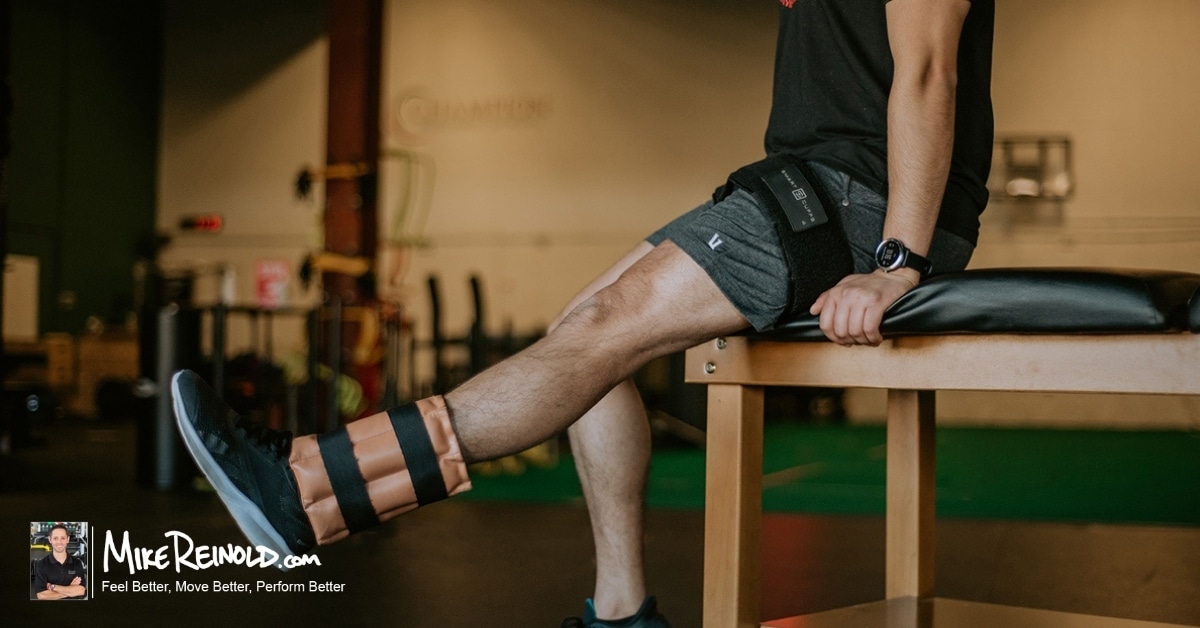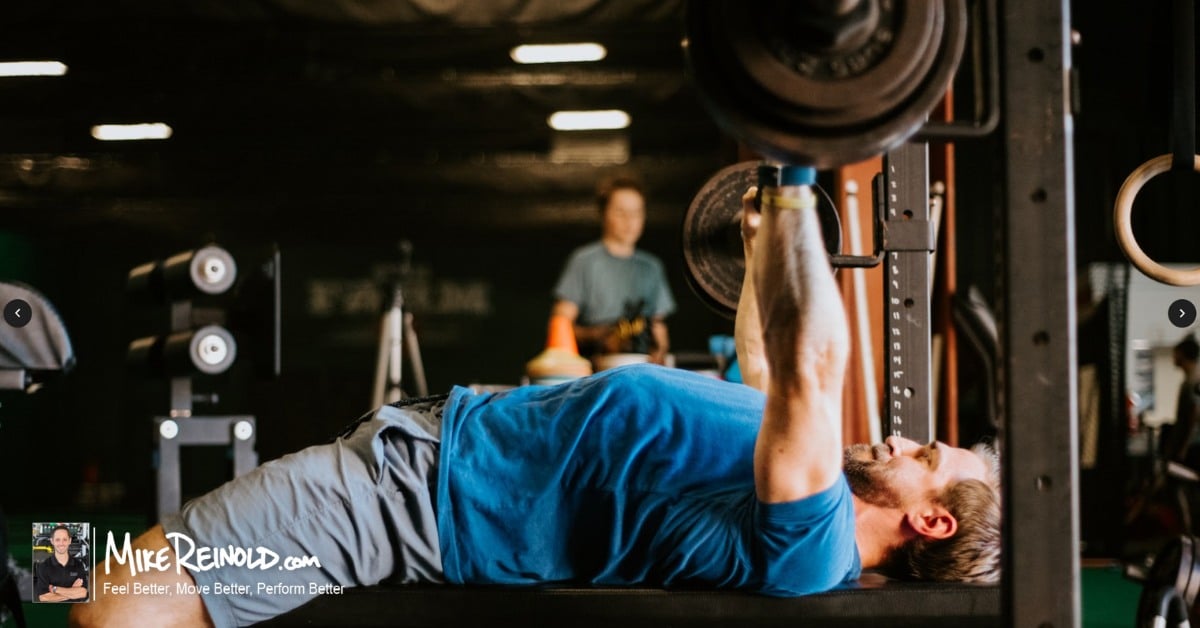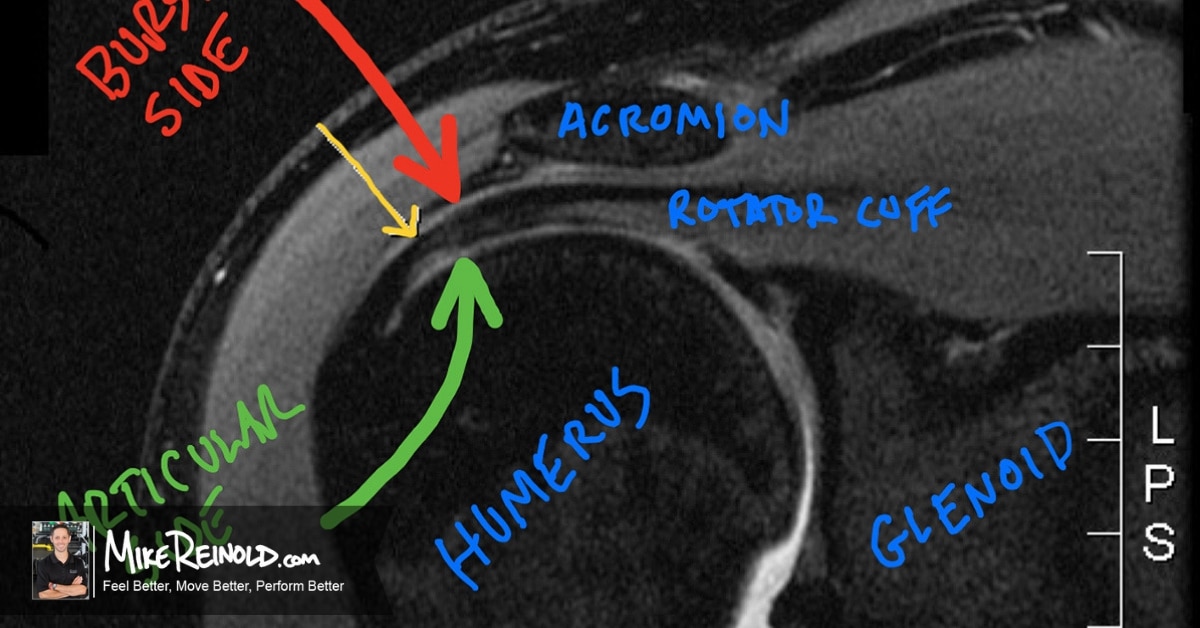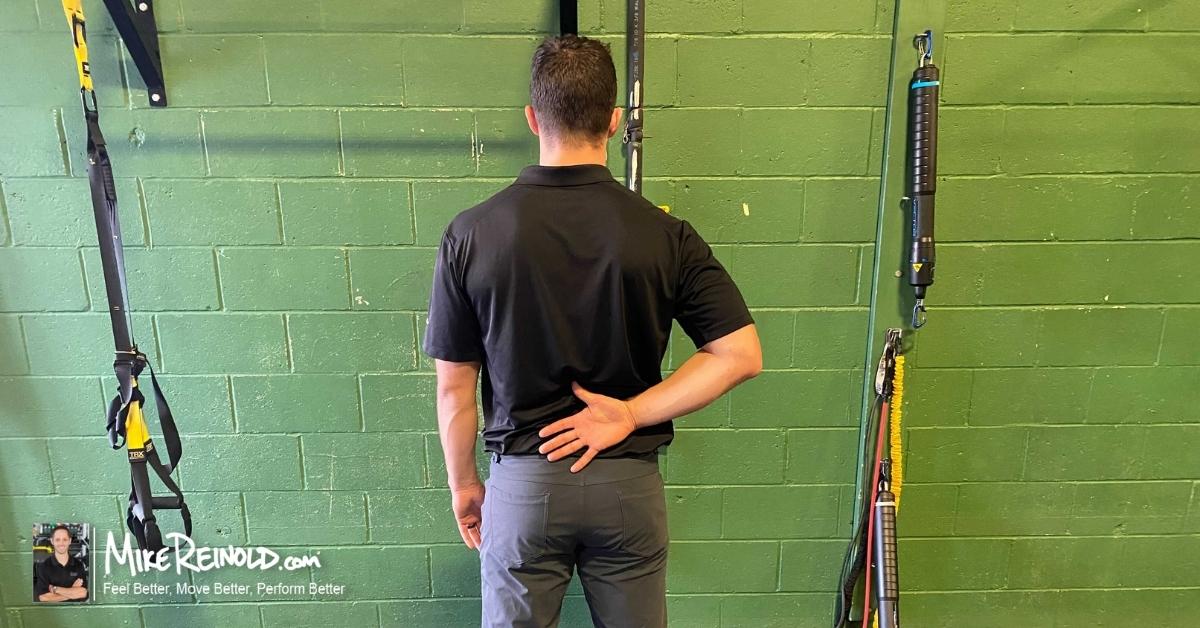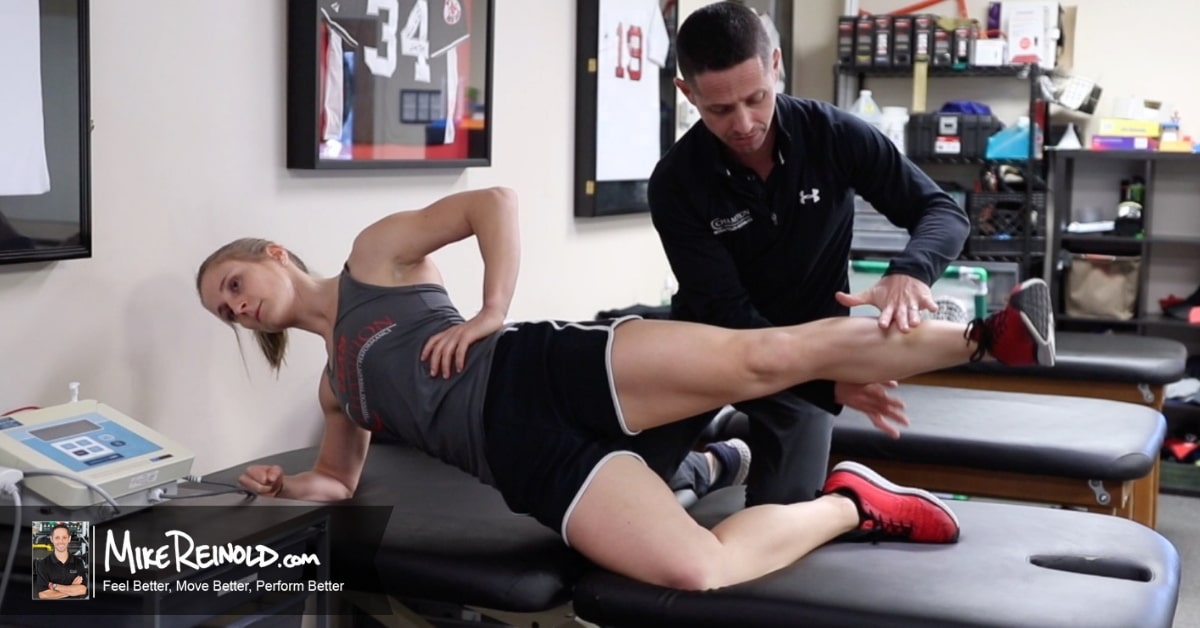
Performance Physical Therapy: Why Our Profession Needs to Progress
Physical therapy can span a wide spectrum, ranging from injury rehabilitation, to injury prevention, and even performance enhancement. To truly help people get the most out of their bodies, we need to focus on all three of those. But many of us don’t, and if you’re one of them, I think you may be really missing the boat. It’s not enough to simply try to restore someone to their previous baseline. That’s “traditional” physical therapy if you ask me. Performance physical therapy not only restores function, but also works on optimizing and enhancing performance. That’s the key difference to me.


